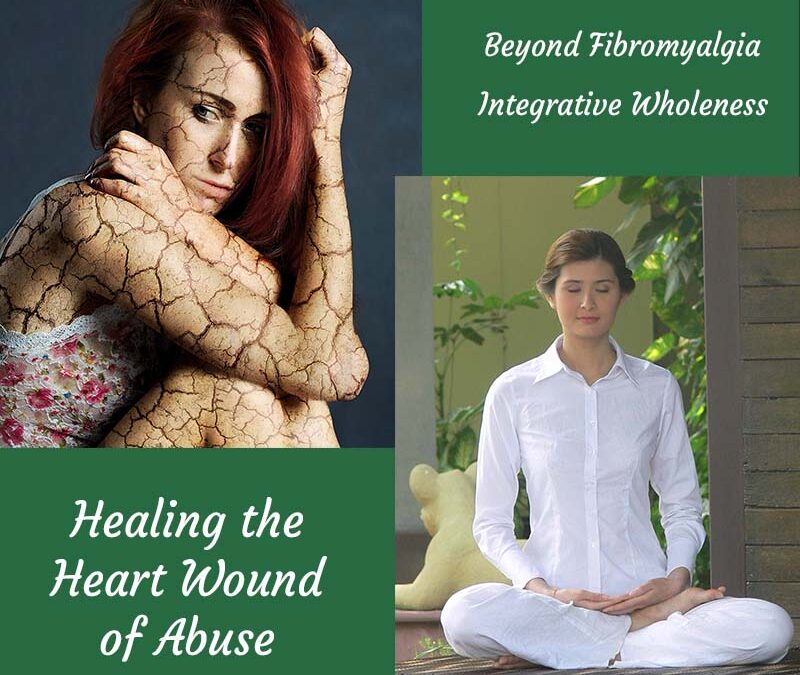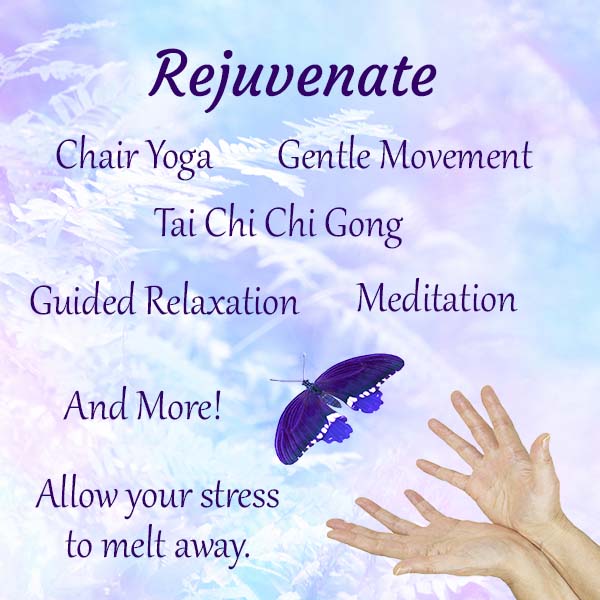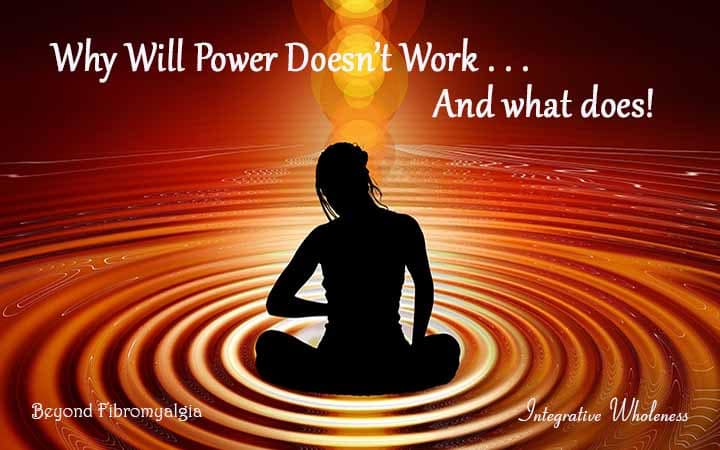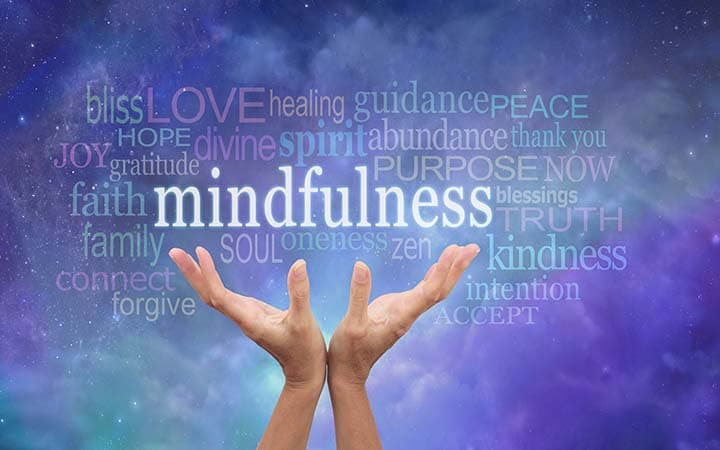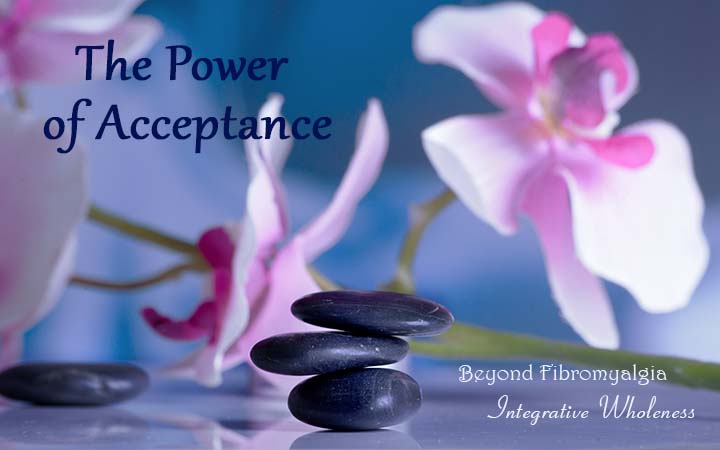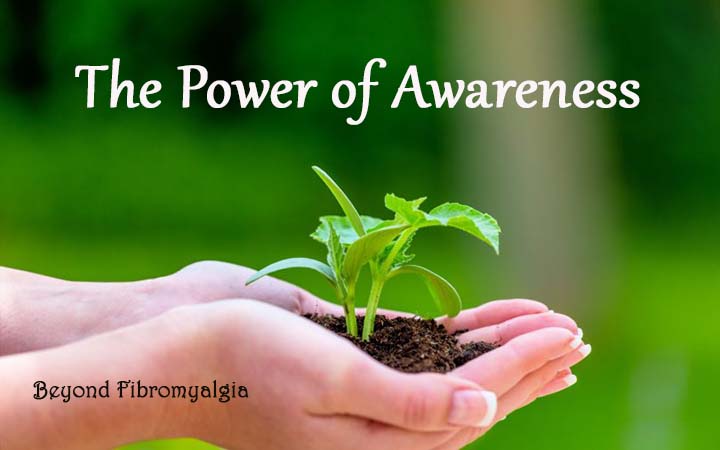Why Willpower does not work . . . and what does!
We all have habits, mental patterns, emotional patterns that we dislike. How often have you tried to change those habits and patterns only to fail? Maybe it worked temporarily, then the pattern reemerged. Or perhaps it just never worked.
Have you been called weak for not being about to change a pattern or habit? Have you criticized yourself for being weak willed? Have you given up on trying to change and accept status quo, yet still find an underlying desire for the change you envisioned?
Why do we fail?
Most of the time, when we attempt to change patterns or habits, we are working on the level of the conscious mind and trying to change from the outside in. We give little or no credence to our subconscious mind, which in truth runs the show.
Our subconscious mind holds the memories of our positive life experiences, negative life experiences and traumas. Out of these experiences, we develop beliefs and protections based on our experiences. Our self-defeating patterns are fueled by these subconscious memories. These memories will win in the battle between the mind and the subconscious memories.
In my work in assisting my clients in unraveling their subconscious pattern, I am again and again amazed at the power of the subconscious. Often the need to for safety, security, life, and love, held in the subconscious, is at the root of these patterns. They are not going to go away until getting these needs met is reasonable assured. This is not logical. It is deeply held in the limbic brain which is driven by the emotional feeling body.
Give yourself a break. It is not your fault that your efforts have failed. You just did not have the right tools to work with.
What does work?
The primary ingredients in being able to unravel negative patterns is Awareness, Acceptance and Compassion.
Awareness. As we become more aware of our body, mind, and emotions, we can begin to see the underlying components of the pattern. The emotions we do not want to feel. The negative beliefs about ourselves and others to escape from feeling our emotions. The protective habits we have normalized to the point that we do not even question them . . . and assume that is just who we are.
Acceptance. Acceptance is the ability to greet that which arises will acceptance. This can be a difficult step as we are often our own self-critic. That is one of the patterns that we need to dismantle. Yet, if we can accept all that arises, even our own self critic, we can begin to discover deeper motivations for our self-defeating actions and beliefs.
By greeting our inner parts with an attitude of curiosity rather than an attitude of criticism, we can begin to understand how the underlying parts fueling the negative beliefs and habits, have our best interest in mind. Yet the beliefs and habits might be outdated, not really needed anymore, and sabotage our health and happiness.
Compassion Compassion allows us to hold our self with understanding rather than blame. Compassion is the ability to be present with painful experiences and emotions without turning away from our self. Compassion is our ability to greet all our parts, positive and negative, with understanding and forgiveness. It is the ability to give to our self the love and acceptance that was previously withheld.
By participating in a cyclic process of awareness, acceptance, and compassion, we can unravel the underlying subconscious destructive cellular memories and trapped emotions that are fueling our self-defeating patterns. As we become more aware of our underlying programming, the patterns begin to unravel themselves and we move closer to who we really are.
The Hidden Gift
While Awareness, Acceptance and Compassion may not be a quick fix, it will provide real and lasting changes. More importantly, it will bring you into a healthy, loving, and compassionate relationship with your Self and all your parts. That is a journey worth taking. That is the treasure hidden within. From a place of Self, you will discover deep the inner fulfillment that your soul craves. That is priceless.
Free Mini Course
My free Mini Course, Six Steps to Resolve Hidden Stressors, provides a blueprint that can be help bring the subconscious in to awareness. If you use this on a regular basis when you are struggling with a challenge in your life, you can get insights into the underlying factors in self-defeating patterns.
If you do not have the Mini Course, click here to receive it. If you have it, pull it out, dust it off and give it a try. If you have questions about the Mini Course, join my Facebook Group, I Want to Be Healthy which was created to answer questions and provide a place for discussions about the Mini Course. If you have not joined, you can do so by clicking on this link.
Awareness Practice
- Take an inventory of your challenges. Make a list of all the things that you complain about in your life. Under each of these complaints is a hidden treasure.
- Use the worksheet in the Mini Course as a self-inquiry guide.
- Explore one challenge at a time.
- Become more aware of the emotions and beliefs underlying your areas of challenge.
- Notice your relationship with your emotions and explore ways to embrace your emotions.
- Create some truth focus statements to remind you of the experience you would like to have.
- Use the truth focus statements to remind you of your higher intention.
May you discover the wealth of the Self within,
Bindu

